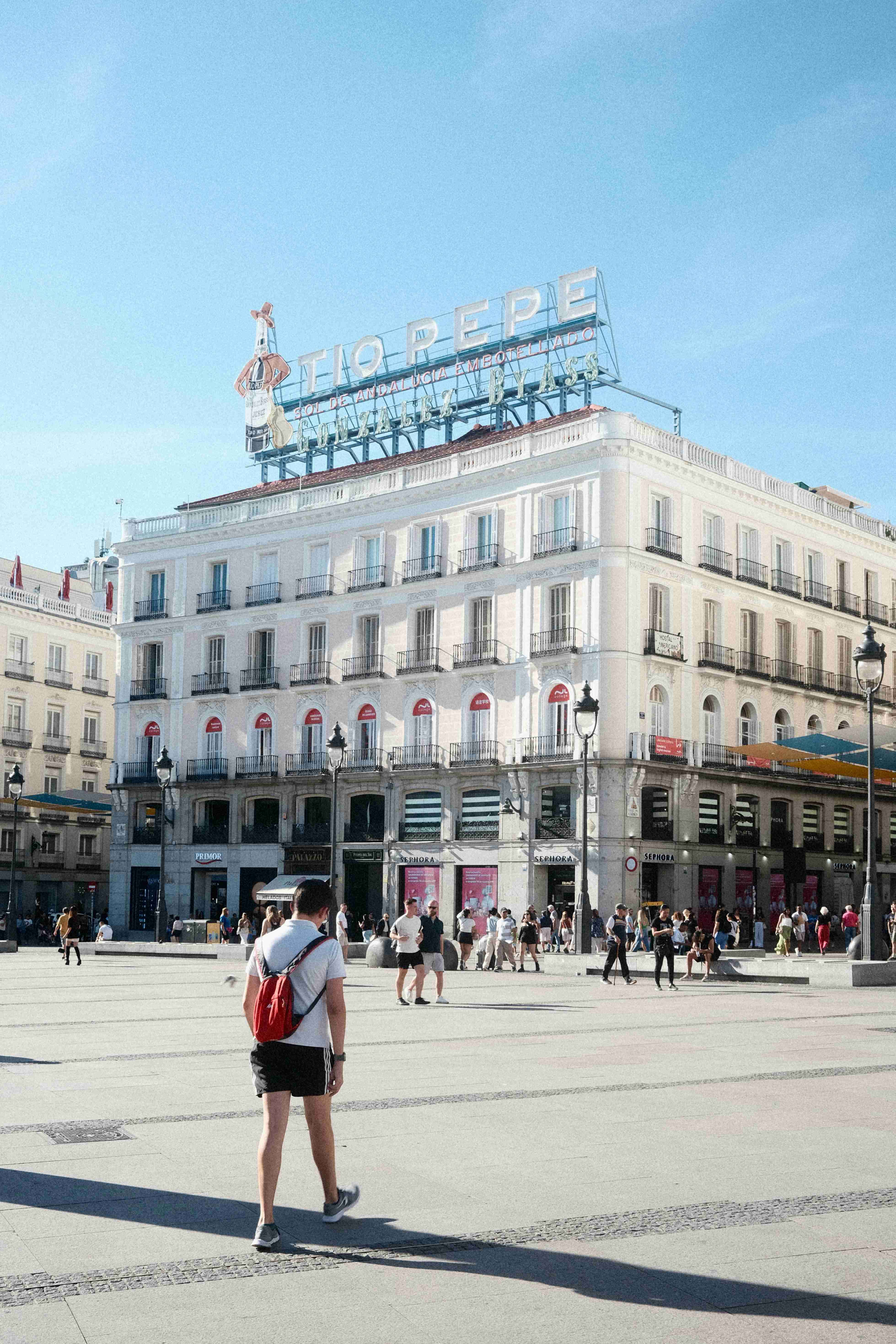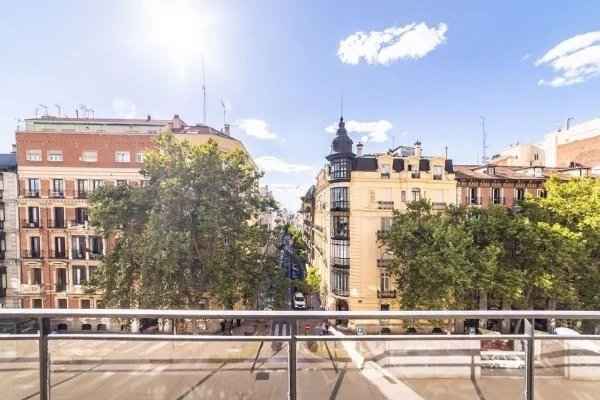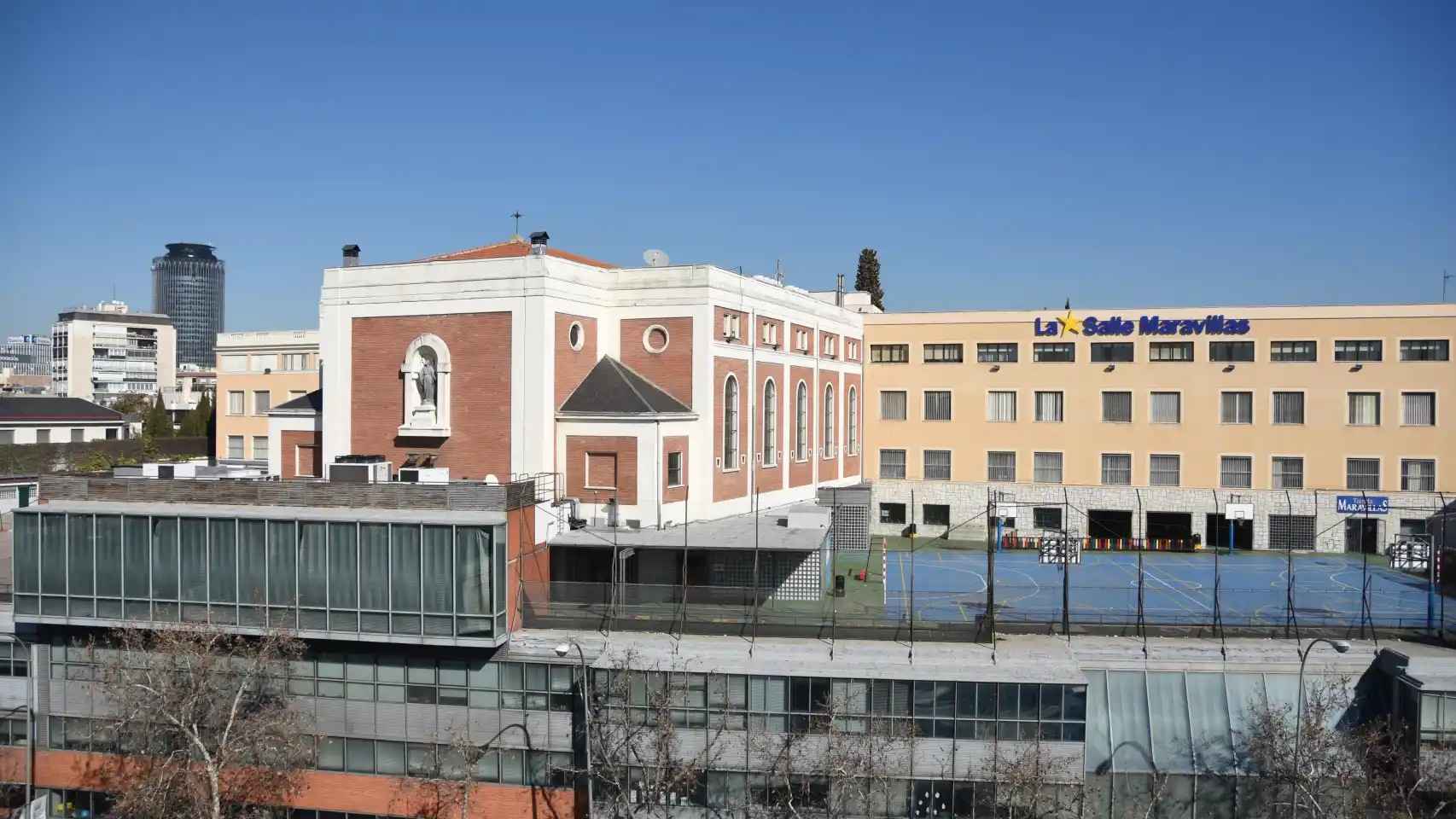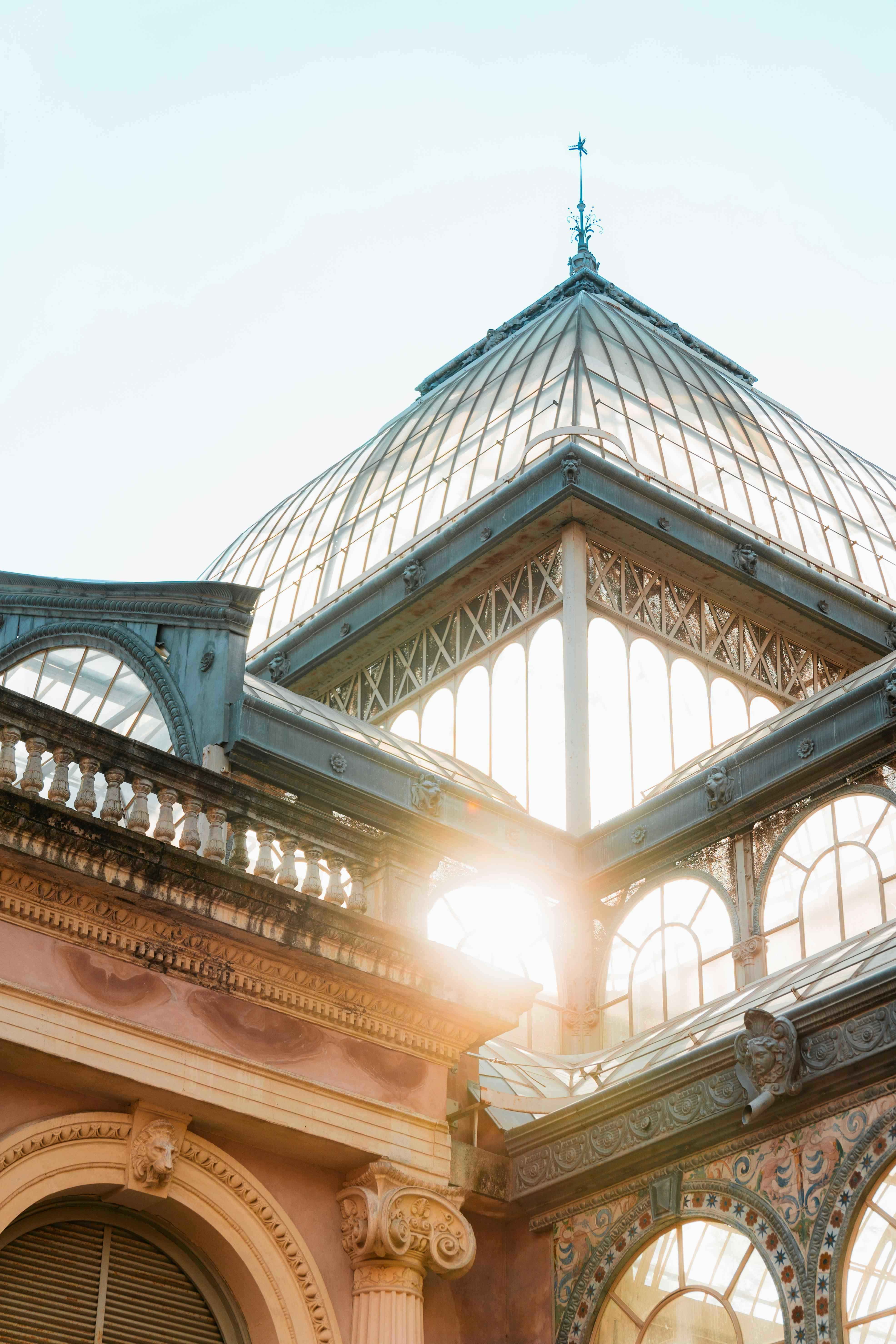Lifestyle
2025-10-25
Plaza de España and Moncloa: Madrid’s Vertical Modernity
From early 20th-century modernism to mid-century skyscrapers, Plaza de España and Moncloa tell the story of a Madrid that dared to rise — a city defined by elegance, ambition and architectural innovation.
.jpg)
There is a place in Madrid where history and modernity coexist in perfect balance. Between the refined façades of early modernism and the monumental towers of the 1950s, Plaza de España and Moncloa mark the city’s ascent toward the sky.
It begins with the Casa Gallardo, completed in 1914 by Federico Arias Rey. With its curving forms, floral motifs and art nouveau grace, it stands as one of Madrid’s finest modernist works — declared a Heritage Site in 1997.
A few decades later, the city’s silhouette was transformed by the Edificio España (1953), designed by Julián and Joaquín Otamendi. At 117 meters tall, it was Spain’s first skyscraper and a symbol of postwar progress. Its neo-baroque lines evoke both tradition and ambition, while its monumental presence defined the skyline for generations.
Next to it, the Torre de Madrid, also by the Otamendi brothers, rose even higher — 142 meters of reinforced concrete that made it Europe’s tallest building at the time. Together, they remain icons of mid-century Madrid, representing a confident, forward-looking era.
Nearby, the Royal Asturian Mining Company Building (1898) adds a touch of late 19th-century eclectic elegance, and the Príncipe Pío Station, with its 1928 art déco façade, bridges the industrial and cultural histories of the district.
Further north, within the Ciudad Universitaria, the Casa de Velázquez — a neoclassical palace inaugurated in 1928 — embodies the intellectual and artistic spirit of Franco-Spanish exchange, set amid serene gardens and panoramic views.
Plaza de España and Moncloa are not just urban spaces — they are symbols of Madrid’s evolution: from classicism to cosmopolitan verticality.
At BARNES Madrid, specialists in luxury apartments and penthouses in Plaza de España and Moncloa, we value architecture that tells a story. To live here is to inhabit the very skyline that defines modern Madrid.
It begins with the Casa Gallardo, completed in 1914 by Federico Arias Rey. With its curving forms, floral motifs and art nouveau grace, it stands as one of Madrid’s finest modernist works — declared a Heritage Site in 1997.
A few decades later, the city’s silhouette was transformed by the Edificio España (1953), designed by Julián and Joaquín Otamendi. At 117 meters tall, it was Spain’s first skyscraper and a symbol of postwar progress. Its neo-baroque lines evoke both tradition and ambition, while its monumental presence defined the skyline for generations.
Next to it, the Torre de Madrid, also by the Otamendi brothers, rose even higher — 142 meters of reinforced concrete that made it Europe’s tallest building at the time. Together, they remain icons of mid-century Madrid, representing a confident, forward-looking era.
Nearby, the Royal Asturian Mining Company Building (1898) adds a touch of late 19th-century eclectic elegance, and the Príncipe Pío Station, with its 1928 art déco façade, bridges the industrial and cultural histories of the district.
Further north, within the Ciudad Universitaria, the Casa de Velázquez — a neoclassical palace inaugurated in 1928 — embodies the intellectual and artistic spirit of Franco-Spanish exchange, set amid serene gardens and panoramic views.
Plaza de España and Moncloa are not just urban spaces — they are symbols of Madrid’s evolution: from classicism to cosmopolitan verticality.
At BARNES Madrid, specialists in luxury apartments and penthouses in Plaza de España and Moncloa, we value architecture that tells a story. To live here is to inhabit the very skyline that defines modern Madrid.

.jpg)
.jpg)